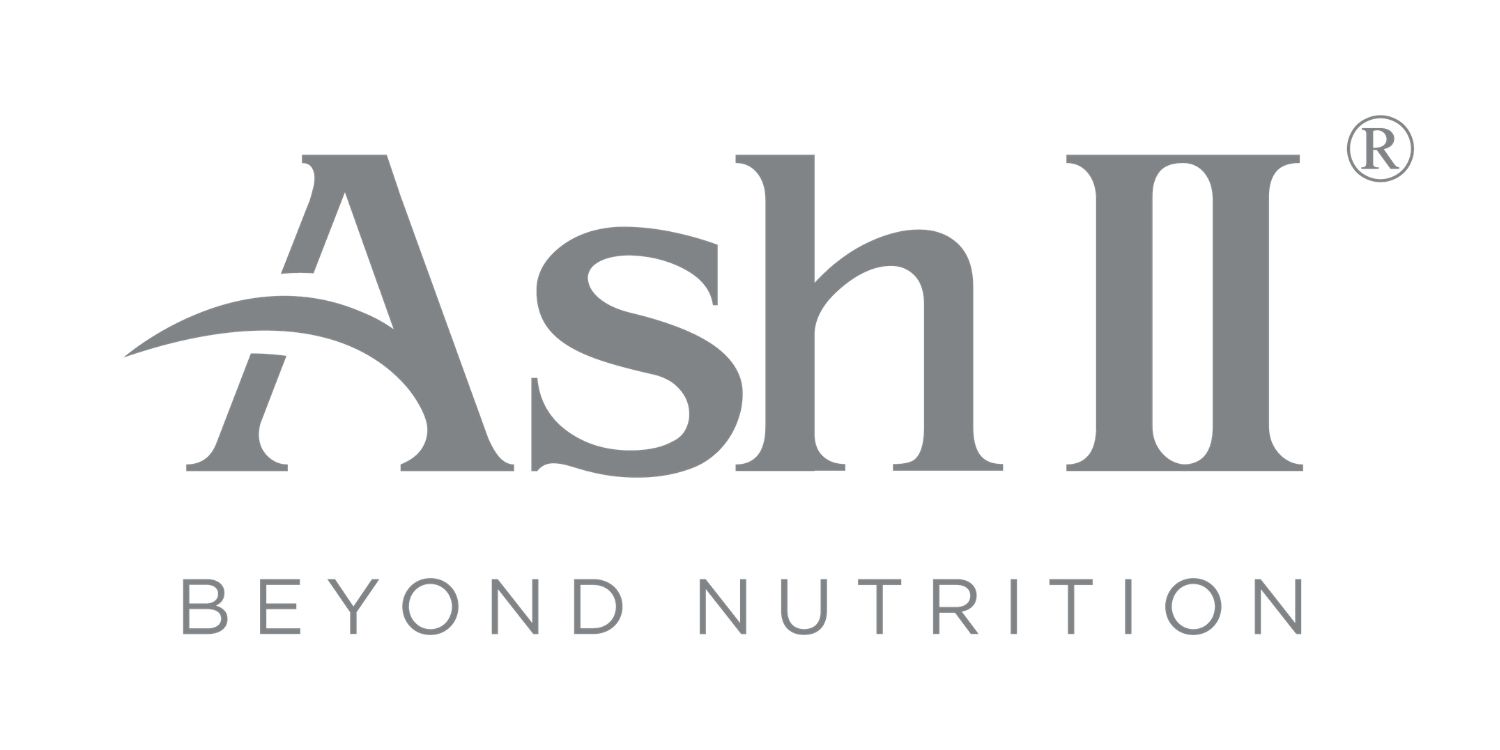Experiencing menstrual cramps is a shared reality for many women who menstruate, and the role of diet in relieving this discomfort is increasingly recognized.
In this extensive guide, we explore the connection between your dietary choices, menstrual pain, and the consumption of natural supplements for period cramps, aiming to provide a comprehensive resource for individuals seeking relief.
Understanding Menstrual Cramps
Menstrual cramps, scientifically known as dysmenorrhea, impact a significant percentage of individuals during their menstrual cycle. These cramps are a result of the contraction of uterine muscles and an increase in inflammatory compounds called prostaglandins.
Studies suggest that up to 90% of menstruating individuals experience some level of menstrual pain, with around 15% facing severe symptoms that significantly affect their daily lives.
The severity of cramps can vary, with factors like underlying medical conditions, hormonal fluctuations, and lifestyle choices contributing to the overall experience. ‘
Exploring effective strategies to manage and alleviate period cramps is crucial for the well-being and quality of life of individuals dealing with this monthly challenge.
Reducing Inflammation
Reducing inflammation is an important strategy in managing period cramps. An anti-inflammatory diet, characterized by a rich intake of omega-3 fatty acids, has shown promise in relieving cramps. ‘
These essential fatty acids, prevalent in fish and nuts, exhibit anti-inflammatory properties, counteracting the effects of omega-6 fatty acids found in certain oils and processed foods.
Striking a delicate balance between these two types of fatty acids is a must for effective inflammation management.

The Use of Natural Supplements
1. Omega-3 Fatty Acids and Comprehensive Nutrition
Natural supplements for period cramps can include omega-3 fatty acid supplements derived from sources like fish oil or algae. These supplements offer a concentrated dose of anti-inflammatory compounds. Moreover, maintaining a well-rounded diet with adequate calcium, magnesium, and B-complex vitamins further contributes to menstrual pain relief.
2. Cultivating an Anti-Inflammatory Diet
Fruits, vegetables, whole grains, legumes, nuts, and seeds form the backbone of an anti-inflammatory diet. Beyond reducing inflammation, these foods provide essential nutrients vital for overall health. Research indicates that adopting a vegetarian or plant-based eating pattern can effectively decrease inflammation, offering a holistic approach to managing menstrual cramps.
Understanding Hormonal Impact on Menstrual Pain
Estrogen, a female sex hormone, plays an important role in the menstrual cycle. Oral contraceptives, by regulating estrogen levels, have been proven to reduce menstrual pain.
Dietary changes that mirror the effects of contraceptives involve consuming fewer estrogen-increasing foods, such as animal products and added oils. A low-fat, high-fiber diet aids in lowering estrogen levels, consequently minimizing menstrual pain.
Hormonal fluctuations can significantly influence the intensity of menstrual cramps. Understanding the menstrual cycle and its hormonal dynamics empowers individuals to make informed dietary choices that match with their body’s natural rhythms.
Foods That Aid in Alleviating Cramps
Several foods stand out for their potential to ease period cramps:

Citrus Fruits
Lemons and oranges, abundant in vitamin C, aid iron absorption and possess anti-inflammatory properties.

Bananas
Rich in fiber and magnesium, bananas contribute to alleviating bloating and reducing the severity of cramps.

Whole Grains
Including whole grains like brown rice, quinoa, and oats into your diet provides sustained energy and essential nutrients for menstrual health.

Watermelon
Beyond hydration, watermelon provides natural sugars for energy during menstruation.

Cruciferous Vegetables
Broccoli and kale, rich in fiber, iron, calcium, and magnesium, play a significant role in reducing menstrual pain.
Beverages for Menstrual Pain Relief
Hydrating beverages can complement dietary efforts to manage cramps:

Water
Staying adequately hydrated helps relax muscles and alleviates bloating and gas.

Ginger Tea
Effective against cramping, ginger tea also addresses nausea and bloating.

Raspberry Leaf Tea
With its anti-inflammatory properties, raspberry leaf tea may contribute to reducing period cramps.

Chamomile Tea
Known for its anti-inflammatory properties, chamomile tea soothes the nervous system, reducing cramping.
Foods to Avoid During Your Period
Certain foods can exacerbate cramps and discomfort:

Canned Foods
High in salt, canned foods contribute to bloating and cramping.

Fatty Foods
Fried foods and high-fat dairy products can trigger inflammation, intensifying menstrual pain.

Caffeine
Stimulating stress and irritability, caffeine can worsen pelvic pain before or during menstruation.
Final Takeaways
Managing period cramps involves adopting a holistic approach that goes beyond quick fixes. A balanced, anti-inflammatory diet combined with natural supplements for period cramps can significantly impact menstrual pain. We hope that this guide can act as a roadmap for making smart food choices, leading to a more comfortable period.




